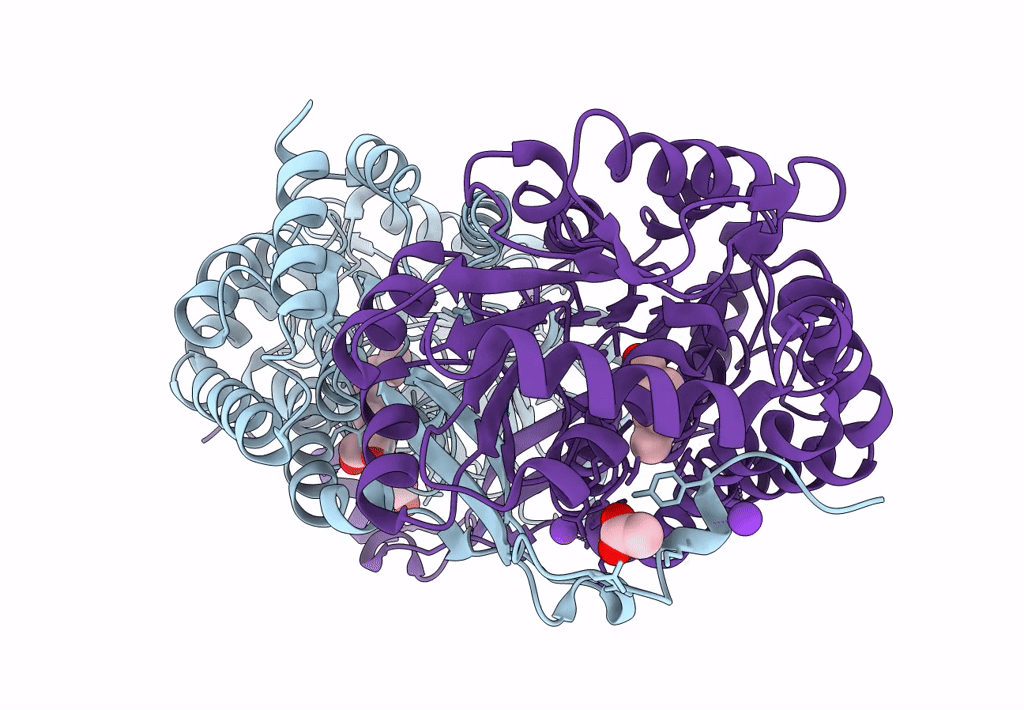
Deposition Date
2022-10-12
Release Date
2023-04-19
Last Version Date
2024-02-07
Entry Detail
PDB ID:
8BB8
Keywords:
Title:
Crystal structure of human aldehyde dehydrogenase ALDH3A1 in complex with octanal
Biological Source:
Source Organism:
Homo sapiens (Taxon ID: 9606)
Host Organism:
Method Details:
Experimental Method:
Resolution:
1.80 Å
R-Value Free:
0.22
R-Value Work:
0.18
R-Value Observed:
0.18
Space Group:
P 21 21 21


